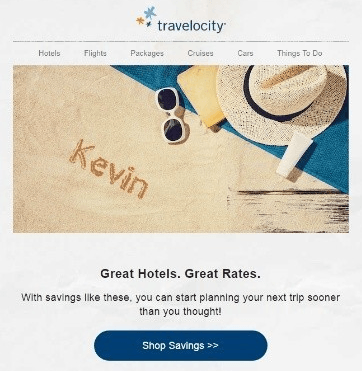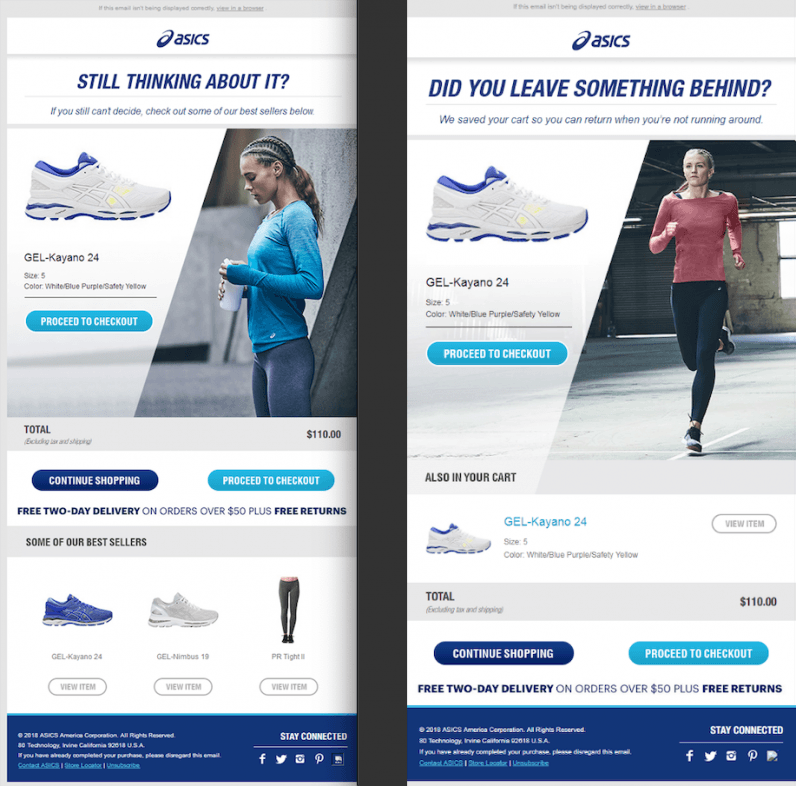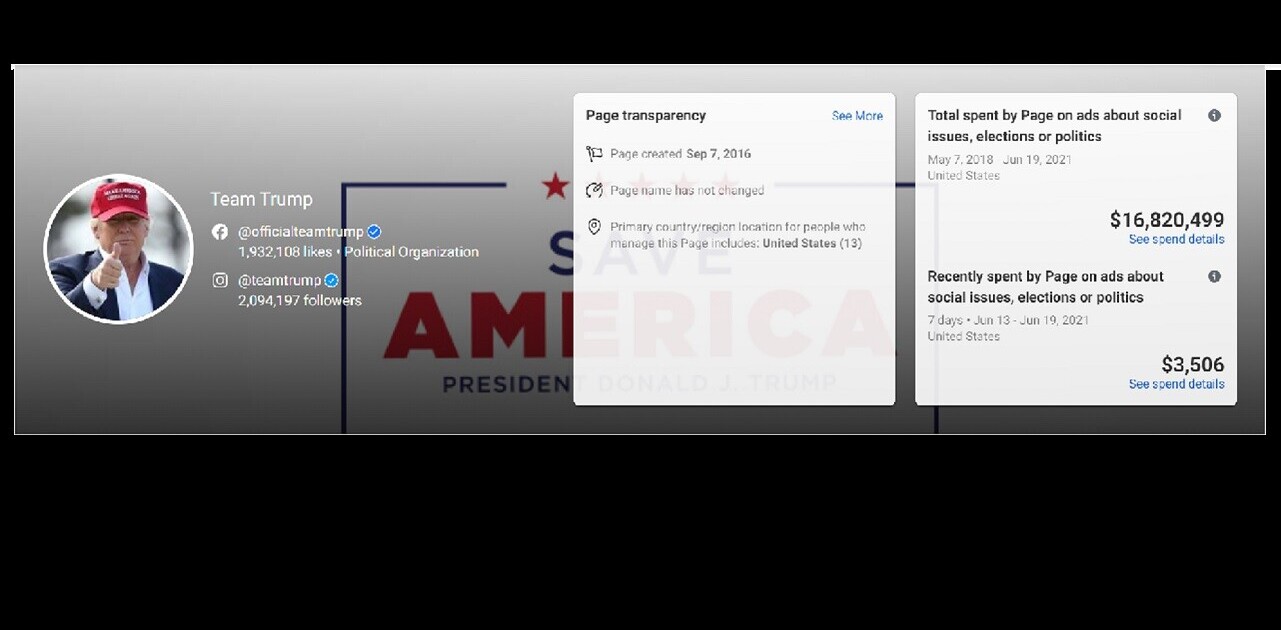
Want to communicate about a new product to your customer or, want them to opt for your services? An email is not just an excellent way to communicate with your customers, but also a medium of conversion for most companies. If designed well, the email can touch the right chord, and help you build a loyal customer base.
Whenever I attend email marketing conferences, clients often ask me how to design an effective email campaign that can garner success for their business. Since I tend to give the same tips on designing email campaigns every time, I’ve collected them here so you can make use of them as well. Enjoy!
State your goals
What do you aim to achieve with the email campaign you are planning? A successful email campaign is one where the goals are well-defined.
Ask yourself, before you begin the campaign, whether you want to promote a product/service through the campaign or simply build a relationship with the subscriber. Is it a welcome email or a re-engagement campaign that you are planning? A lead nurturing campaign would have a separate subscriber list as compared to the campaign that is aimed at boosting engagement.
Define your target audience
The target audience is significant for your email open rates. Make sure you know who would be interested in your products/services. You can define the audience based on their interests, age, demographics, and other factors.
If you have been working on email marketing strategy for a while, then you would already have a list in place. However, if you are new to this, then you need to work on your target audience before you begin planning the campaign.
Once the target audience details are ready, you should segment them into lists that will help you send them targeted emails. For instance, the new subscribers should not receive a re-engagement email while the dormant subscriber should not receive a welcome email.
Use double opt-ins for better conversions
You should ideally have a clear and well-designed opt-in form for your emails, and it should be in line with the goals you have set for the campaign.

You can get people to sign up for regular blog updates from you through the blog page. You can place opt-in forms in your posts and web pages.
Once a subscriber opts in to receive your emails, I recommend you send them a verification email to confirm their subscription. The idea is to build a quality list and enhance engagement.
Create the email campaign
It is now time to work on the email campaign. From the copy to the design, everything needs to be in place when you are planning the email campaign. The copy should be such that your subscribers can skim through it. Write brief persuasive copy that can compel the subscribers to make the purchase.
In your email design, make sure you include the right amount of white space. The layout should be professional and should be able to connect with the audience. The menu should be clearly visible, and the layout should be such that the users can easily figure out the message of the email.
I particularly love this email from McDonald’s for its crisp copy and minimalistic design.

When creating the email campaign, you need to plan the total emails in the campaign, the frequency at which they will be sent, and the timelines for each email. You must also work on drafting interesting and unique subject line for the emails.
Include a call-to-action in every email you send. Make sure your call-to-action matches the goals you have set for your subscribers. It can either be downloading the free resource, signing up for a free trial, or make a purchase.
Personalize your emails
It is important for you to personalize the emails to get more opens. You need to build trust in the subscriber, which is why you need to add the subscriber’s name in the headline and use a sender address with a person’s name. If you send emails such as info@businessname.com or marketing@businessname.com, then the chances of your email being opened by the subscriber are less.
Here’s a nice personalized email that I would love to cite.

Automate your email campaigns
Imagine you send an email manually every time someone signs up for your emails or, every time a subscriber goes dormant. You might miss out on a lot of people from the list, which in turn affects your business. Moreover, a lot of time and effort is spent in manually sending the emails.
You can turn to automation, and ensure that the emails are sent to the list automatically. You merely need to create a workflow for the different emails, set the timelines, and choose the templates to be sent.
The various automation workflows you can try out are:
I. Welcome email to the new subscriber
Take a look at the email by Office that highlights their offerings in the first email itself. This automatically engages the reader. Also, note the clear and actionable CTA.

II. Drip email campaigns to nurture the subscriber
Here’s an example of a lead nurturing email sent by Social Media Examiner after I signed up on their site.

III. Cart abandonment email to the customer who has abandoned the cart — especially applicable for ecommerce and retail industry
If I go by my personal experience, it is advisable to send a series of cart abandonment emails like ASICS does. The likelihood of driving conversions

IV. Cross-sell or upsell emails to existing customers
Harry’s sends a short and sweet upsell email to their existing customers to encourage them to purchase once again.

V. Re-engagement emails to the dormant customers
Get inspired from this re-engagement email from Yahoo!.

The different ESPs and their in-built features not only makes email campaign management easier for you but also helps in measuring the metrics.
Measure the success rate
While defining goals, I also set the factors for a successful email campaign. These factors, also known as metrics, should be added while automating your email campaigns. The ESPs perform an in-depth analysis of the email campaigns and provide you with insights into why the particular email campaign worked or, did not work.
Summing up
A successful email campaign is the result of defined goals, pre-determined target audience segmented effectively, and finally a well-strategized campaign. If you miss out on any of these elements, you may not know what to measure and how to identify a successful email campaign.
Let me know the results you achieved after trying these tips for your next email campaign!
TNW Conference 2019 is coming! Check out our glorious new location, an inspiring lineup of speakers and activities, and how to be a part of this annual tech bonanza by clicking here.
Get the TNW newsletter
Get the most important tech news in your inbox each week.





